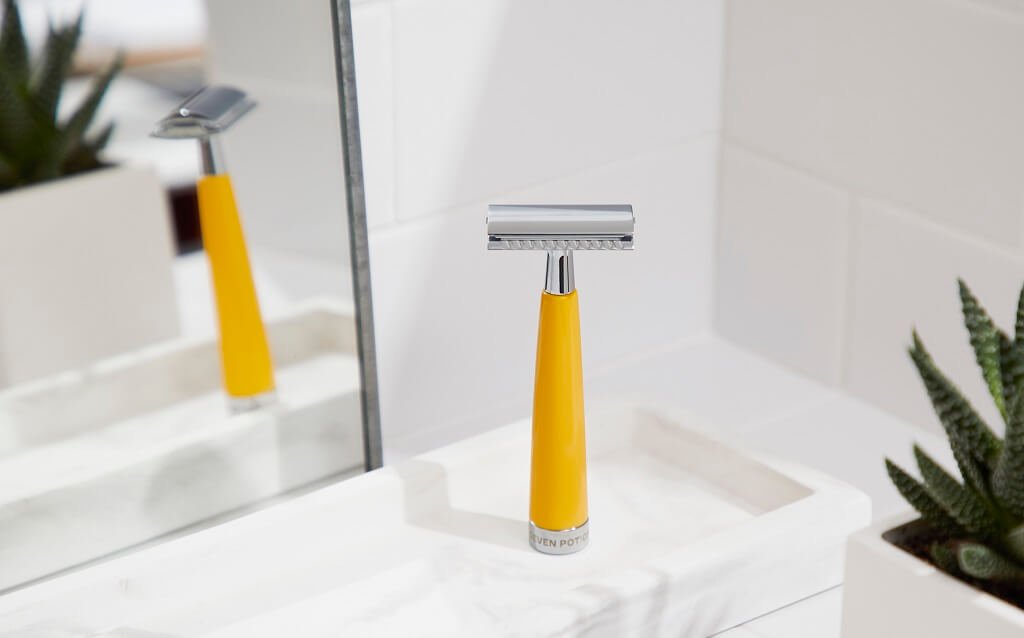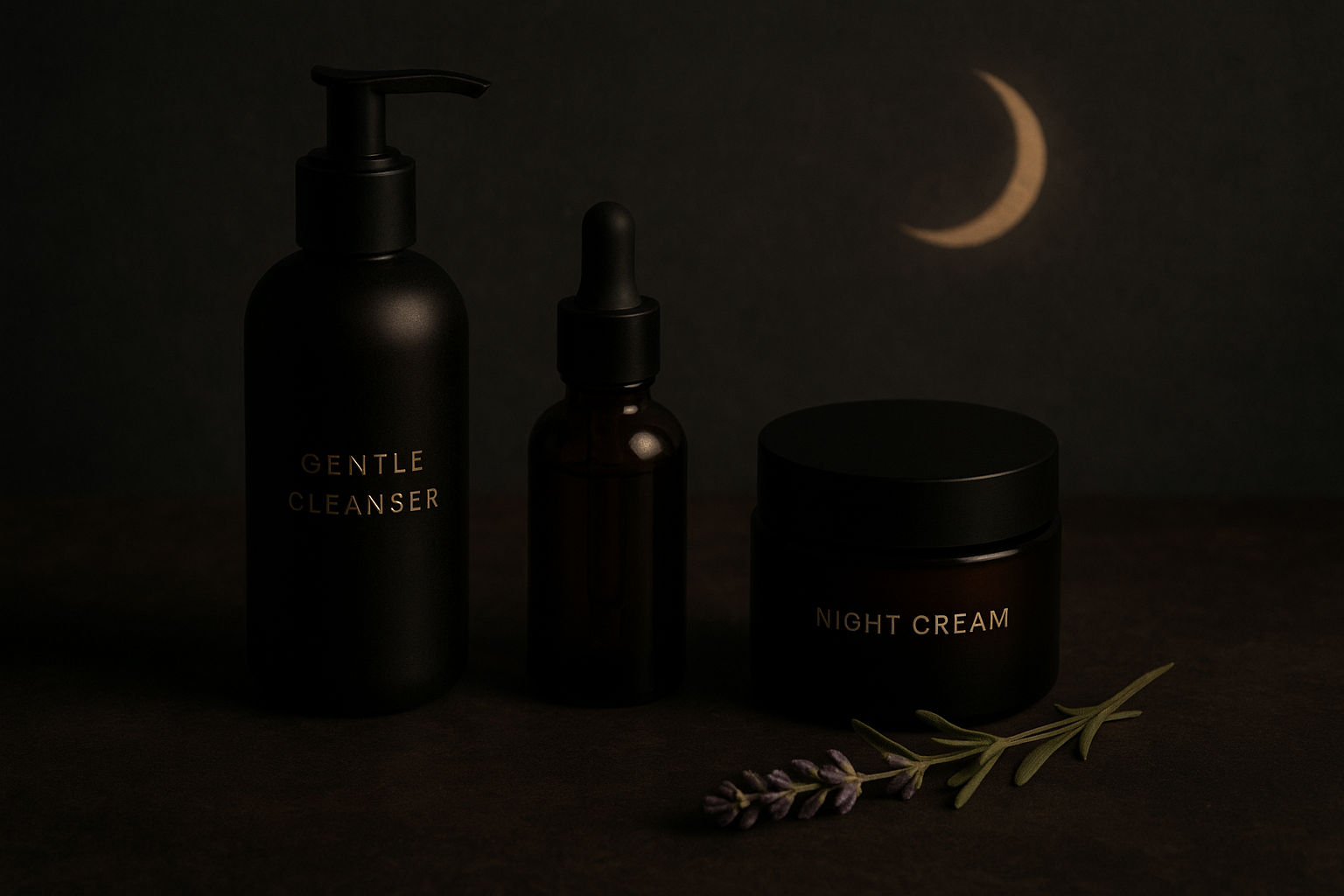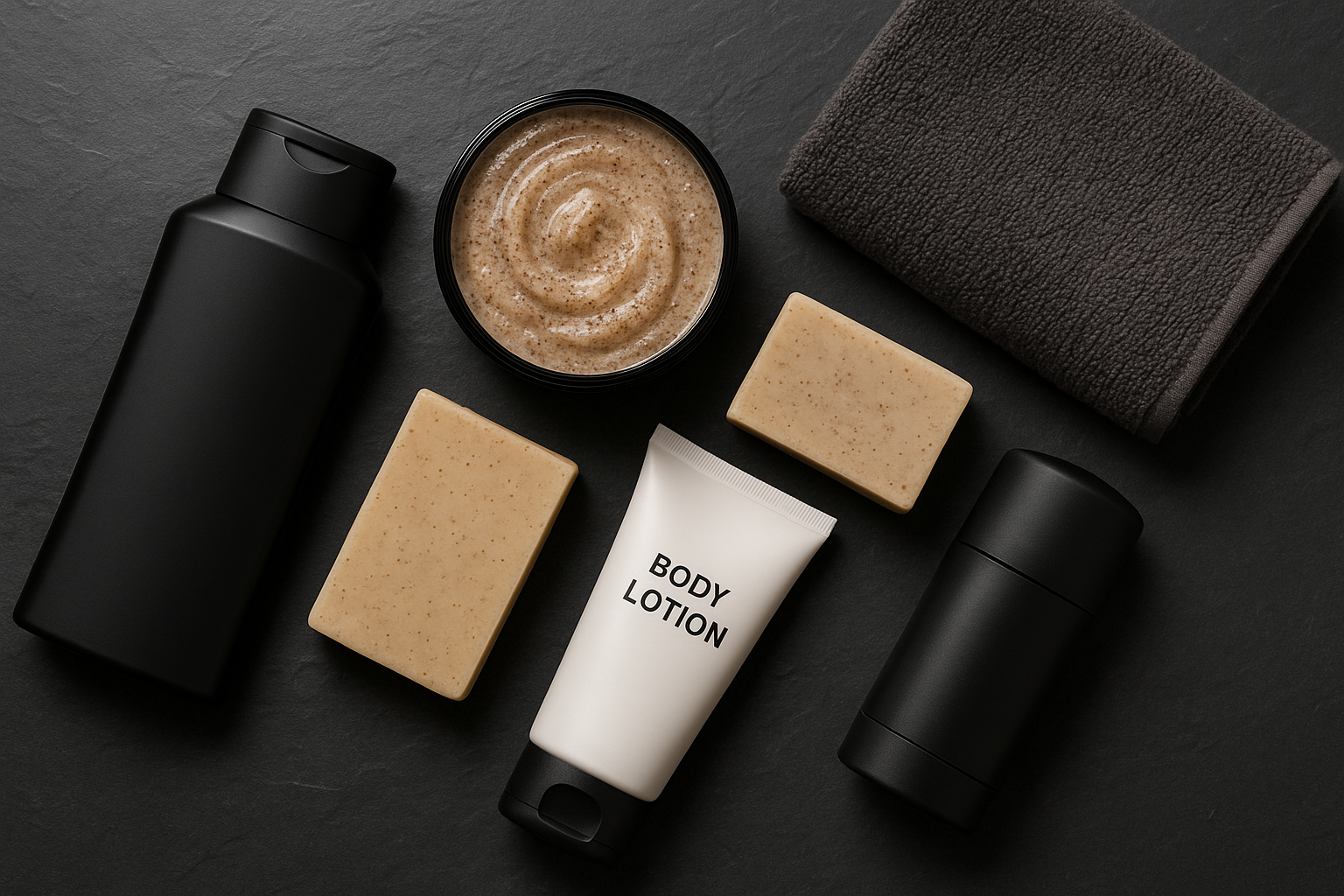It’s a debate that’s been ongoing for decades - should you, or shouldn’t you, shave against the grain?
Both sides have their committed proponents. Those who do like to go against the grain say that it gives you a closeness of shave that the opposite approach simply can’t hope to match. Those on the other side of the argument believe that it’s bad for your skin, and can even be dangerous. We’ll get into more detail on both sides of the debate in this article.
Before we do, however, we want to make it clear what exactly shaving with or against the grain is, to those who may not know.
“The grain” refers to the direction in which your facial hair naturally grows. This may be slightly different for you than it is for other men. To determine in which direction the grain lies, run a hand across your facial hair. As you do, note which direction provides the most resistance to your hand - that direction will be against the grain, with the opposite obviously being with the grain.
With that clarified, let’s get stuck into this great, ongoing debate amongst shavers across the world.
Does it Give You a Closer Shave?
The biggest argument for shaving against the grain is that it gives you a closer shave. This is particularly desirable for those who are after a completely clean-cut look.
Is this actually true - does going against the grain give you a closer shave?
Generally speaking, yes. Going against the natural direction of your hairs allows you to effectively get underneath them, right down to where they emanate from the skin, and cut them away right at the source.
If “baby smooth” skin is what you’re going for, then shaving against the grain is the quickest and easiest way to achieve it.
Is it Safe?
This is where the whole debate comes into its own. Critics of the against the grain approach argue that it brings a raft of drawbacks with it, and that it can be downright unsafe for your skin.
Let’s take a look at the most common arguments against this technique.
One is the risk of razor bumps. When you’re cutting the hair right at the skin level, there’s a risk that - when it comes to grow back out of the skin again - the hair won’t grow out perfectly. Instead, because you’ve gone against its natural direction, it might grow back into the skin. You’re giving yourself ingrown hairs, basically. If this does happen, you’ll get a razor bump that can be at best irritable, and at worst downright painful.
Others are the possibilities of razor burn and skin irritation, both of which can prove extremely uncomfortable. Detractors of the against the grain technique say that these can occur because you’re not smoothly cutting through the hairs when you shave this way - you’re actually lifting the hairs up as you go against them, and tugging them away from the skin before cutting them. Do this enough times - as you will on a complete facial shave - and you can end up with a sizeable, irritating problem on your hands.
So, how real are these risks?
Well, they are real - we won’t dispute that. We would say, however that the severity of these problems depends significantly on both the equipment you use, and your technique.
We’re going to outline the proper form you need for shaving against the grain later in the article. Let’s take a look at how different shaving equipment can make shaving against the grain safer or more harmful first.
The amount of harm that occurs to your skin, when going against the grain, depends in large part on what type of razor you use. In short, the more aggressive the razor is, the more complicated it becomes to shave against the grain with it.
Your typical cartridge razors, for example - the type most commonly used nowadays - are pretty aggressive tools. They generally have at least two blades - one to lift the hair, and the other to cut it. When shaving against the grain, that first blade is the one which pulls the hair against its natural direction, and the second blade is the one that cuts it right at the skin level. You’ll get a closer shave with these razors, but you can see how the potential drawbacks we mentioned before - things like razor bumps, caused by ingrown hairs - can be such a problem. A straight razor also cuts extremely close to the skin, and can cause similar problems.
When it comes to less aggressive tools, however, the learning curve is massively reduced, as are the risks of skin irritation, shaving bumps, and so on. You’re likely to encounter these problems far less when using an electric razor, for example, or a disposable razor.
To summarise - yes, shaving against the grain can cause problems. But, by using less aggressive razors, or by following the step-by-step guide we’ll outline later on, these risks can be significantly reduced.
The Tools You’ll Need

Okay - so you know the possible drawbacks, and you’ve decided that the benefits of an against the grain shave outweigh the risks. That’s perfectly fine - you’re your own man, and you can reach your own conclusions.
Before you begin, however, you need to make sure you’ve got the right tools for the job. If you charge in there with your usual safety razor and simply start shaving against the grain… well, your skin won’t thank you for it. Arm yourself with the correct equipment, however, and you can look forward to a silky smooth shave with minimal risk to your skin.
It all begins, as you might expect, with the razor. If you want a particularly smooth shave, then you’ll need to use a cartridge razor or a safety razor.
Of all your options, a cartridge razor will give you the closest shave. As we touched on earlier, that’s because its multiple blades work in tandem to lift, then cut your hair close to the skin. Due to the risk of irritation and razor bumps, however, it also has a fairly steep learning curve.
A safety razor won’t give you quite such a close shave. But, due to only having a single blade, it will be more comfortable to use, and has a gentler learning curve.
Only you can decide which of those two razors you want to pick, depending on how much time and effort you’re willing to put in, and how important the closeness of the shave is to you. These next few items, on the other hand, are non-negotiable. If you want the best chance at a close, irritation-free shave, you simply need them in your shaving kit.
The first is pre-shave oil. A lot of men skip this and go straight to the shaving cream, but this is a big mistake. Any shaving expert will tell you that the preparation period for the shave is just as important as the shave itself, and pre-shave oil is a key part of that preparation. Massage it into damp (but not wet) skin, and it’ll do a great job of softening up the hairs. It also lubricates your skin, creating an initial buffer between the blade and your face.
Next comes the shaving cream. It’s obviously important - hydrating and lubricating the skin during the shave and helping to sooth it afterwards - but we’re guessing you use it already, so we won’t spend much time on it.
What we will draw your attention to, however, is the importance of properly lathering and spreading the shaving cream across your face. By far the best way to do this is by using a shaving brush. We’ll get into how exactly to use a shaving brush in our step-by-step guide, but for now you should know that a good shaving brush serves four important purposes: it helps to lather the cream, lifts and softens your facial hair, helps to add heat to the skin when you’re shaving (if you follow the correct preparation), and exfoliates your skin.
Finally, you need something for after the shave is completed. Aftershave fits the bill perfectly. A good aftershave balm will moisturize your skin, protect it from infection with its antiseptic elements, and will - of course - make you smell fantastic.
A Step-by-Step Guide
A good, close shave against the grain begins before a razor even touches your face.
Get a bowl of warm water, and leave your shaving brush to soak in there whilst you have your shower. When you’ve finished, dry the excess moisture on your face. Take your pre-shave oil, add a few drops (around four) to the palm of one hand, then rub your hands together to warm the oil. Massage it across the lower half of your face, being sure to cover the entire area you want to shave.
Drain the water from the bowl, and shake the excess moisture from your shaving brush. Put a generous amount of shaving cream into that bowl. The heat of the bowl created by the warm water, and the moisture which does still remain, will both aid the lathering of the cream.
Put a small amount of shaving cream on the end of the brush, then begin to move it around the cream in the bowl in a circle. After a few seconds - 10 to 15 - you’ll have created a nice lather. Use the brush to apply the cream to your face, ensuring a total and smooth covering. Do not use all the cream at this stage.
Now, you’re ready to shave. Use a three-pass method to do so. The first pass goes with the grain, and will remove a sizeable amount of your facial hair. Take your brush and re-lather your face, then make a second pass going across the grain - not against it. Go slowly, and be aware that the direction of the grain will change at different parts of your face - be sure to adapt your direction depending on the grain. When that’s done, re-lather your face once more with the brush and make a final pass against the grain. Even though you’re going against the grain now, the shave should still be smooth because the majority of your facial hair has already been removed.
If you’ve followed this three-pass method properly, you should have achieved a lovely, smooth shave. Rinse off the remaining shaving cream, dab the excess water from your face, and apply your moisturizing aftershave balm.
Step back, admire yourself in the mirror, and run a hand across your smooth, irritation-free face.
Final Thoughts
There are a lot of articles on the internet which tell you to never ever shave against the grain. This is fear-mongering, plain and simple.
The truth is that there are risks to your skin when shaving against the grain, with razor burn, razor bumps and skin irritation being the most notable. If you invest in the correct tools for the job, however, prepare properly for your shave, and subsequently use good technique in the shave itself, then you have very little to fear.
There is a learning curve to shaving against the grain. You might not achieve perfect results straight away, potentially experiencing some irritation and razor bumps your first couple of times. Just stick with it, continue to improve your technique, and you’ll be achieving the smoothest shaves of your life in very little time at all.



